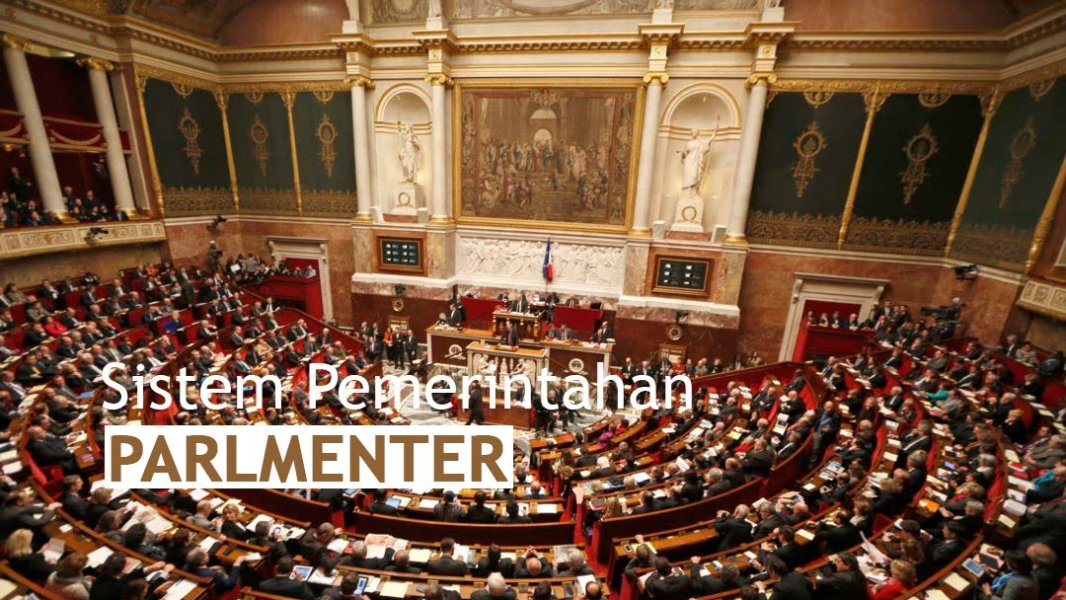
Parliamentary System of Government: Concept, Characteristics, and Examples
Wamena - The parliamentary system of government is a type of political system where the cabinet holds accountability to the parliament and may be replaced if it loses the legislature’s trust. This article provides a comprehensive overview of its definition, key features, advantages, and disadvantages, as well as examples of countries that apply this system.
What Is a Parliamentary System of Government?
A parliamentary system of government is a political system in which executive power originates from the legislature, and the cabinet or prime minister is accountable to parliament in order to remain in power.
Etymologically, the term parliamentary comes from the French word parler, meaning “to speak” or “to talk,” reflecting a form of government centered on a parliament that actively debates and oversees the executive branch.
Also read : Understanding the Presidential System of Government in Detail
Definitions by Experts
- Maurice Duverger explains that the parliamentary system is a model in which the government is formed by the political party or coalition holding the majority in parliament, and its leader (the prime minister) must gain legislative confidence to govern.
- Merriam-Webster Dictionary defines it as “a system of government having the real executive power vested in a cabinet composed of members of the legislature who are individually and collectively responsible to the legislature.”
- According to the document “Parliamentary Form of Government,” in this system “the executive is responsible to the legislature for its policies and acts.”
Main Characteristics of the Parliamentary System
Key features of the parliamentary system include:
- The prime minister (or head of government) is chosen from parliament and comes from the majority party or coalition within the legislature.
- The cabinet consists of members of parliament and is collectively accountable to it. If the cabinet loses the confidence of parliament, it must resign or dissolve parliament for new elections.
- The head of state (a monarch or ceremonial president) does not manage daily governance; real executive power lies in the hands of the prime minister and the cabinet.
- There is a fusion of powers between the executive and legislative branches, unlike the strict separation found in a presidential system.
Advantages of the Parliamentary System
This system offers several notable benefits:
- Responsiveness to parliament: The government must maintain majority support, making it more transparent, accountable, and subject to legislative control.
- Flexibility in leadership change: If the cabinet loses parliamentary support, it can be quickly replaced without waiting for a fixed term to end, unlike in a presidential system.
- Strong coordination between legislative and executive branches: Because the cabinet originates from parliament, policymaking and lawmaking processes are often smoother.
- Broader representation through coalitions: In many multi-party parliamentary systems, coalition governments enable wider representation of diverse political and social groups.
Disadvantages of the Parliamentary System
Despite its advantages, the parliamentary system also presents challenges:
- Potential government instability: When the majority party is weak or coalitions are fragile, frequent government changes or snap elections may occur.
- Concentration of party power: Since the cabinet comes from parliament, the majority party can dominate decision-making, weakening opposition oversight.
- Lack of clear separation of powers: The fusion of the legislative and executive branches can reduce independent checks if checks and balances mechanisms are weak.
- Dependence on party discipline: The prime minister and cabinet rely heavily on party cohesion and parliamentary support, which may pressure policy decisions for political consolidation.
Also Read : Papua Noken System: A Unique Form of Democracy in the Land of Papua
Examples of Countries with Parliamentary Systems
Several countries that apply the parliamentary system include:
- The United Kingdom
- Canada and Australia
- India
- Japan
- Other nations that position parliament as the main pillar of governance
Official References
- “Parliamentary System.” Encyclopaedia Britannica
- “Parliamentary Form of Government.” Unit IV, University of Kashmir
- “Parliamentary System of Government.” Ulearngo
- “Parliamentary System.” Tone Academy
- Merriam-Webster Dictionary, “Parliamentary Government”
![]()
![]()
![]()
